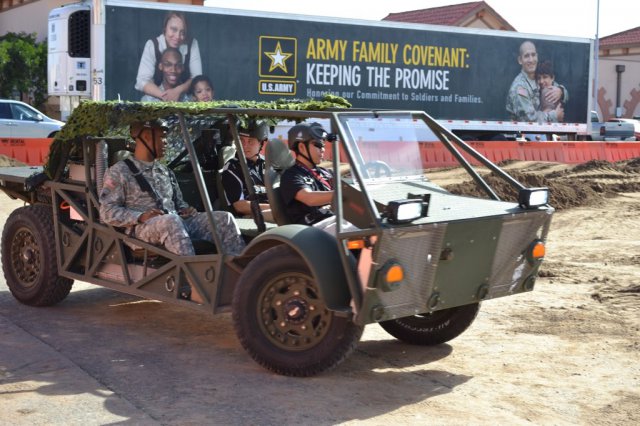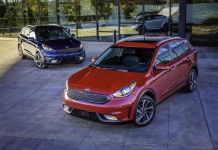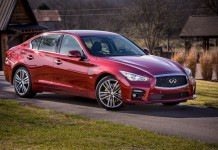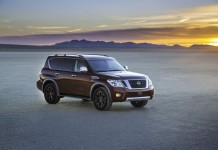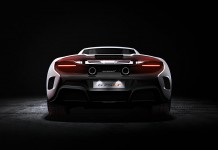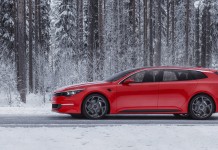The U.S. Army is sending two concept hybrid vehicles to the Chicago Auto Show to showcase its latest energy-efficiency efforts that can save money, address environmental concerns and, most importantly, save Soldiers’ lives.
The U.S. Army Tank Automotive Research, Development and Engineering Center, known as TARDEC, will display two Clandestine Extended Range Vehicles, or CERVs, from its Detroit Arsenal-based headquarters at the Chicago Army Recruiting Battalion display.
CERVs are lightweight, diesel-electric hybrid prototypes with a top speed of 80 mph. Designed for reconnaissance, targeting and rescue missions, CERVs have silent run capabilities of eight miles. Each CERV can ascend a 60 percent grade and has a torque rating of 5,000 pounds.
The CERVs boast a 25 percent fuel savings compared with conventional vehicles. TARDEC developed the vehicles with California-based Quantum Technologies.
“TARDEC’s mission remains unchanged; bring the newest innovations and technology that support our troops against an ever-evolving and changing enemy threat,” said Derhun Sanders, TARDEC associate director of communications. “Undoubtedly, these are some of the Army’s greenest vehicles and the kind of technology that can meet our nation’s energy security demands.”
In terms of Soldier safety, Sanders points to a recent Army Energy Security Task Force report stating a one percent improvement in fuel economy results in 6,444 fewer Soldier trips on fuel convoys. A significant number of American casualties in Iraq and Afghanistan have resulted from guarding fuel convoys.
CERVs are being tested around the country as the finishing touches are being put on the Army’s newest lab, the 30,000-square-foot Ground Systems Power and Energy Lab, or GSPEL, which will open April 11.
GSPEL is an eight-labs-in-one, state-of-the-art research and development facility. GSPEL will serve as the cornerstone for the Army’s next generation of power and energy initiatives providing the Army with the cutting-edge laboratory space and equipment necessary to conduct research, development, modeling, simulation and testing on military and commercial ground vehicle of all sizes and purposes from subsystem components to entire systems-of-systems.

